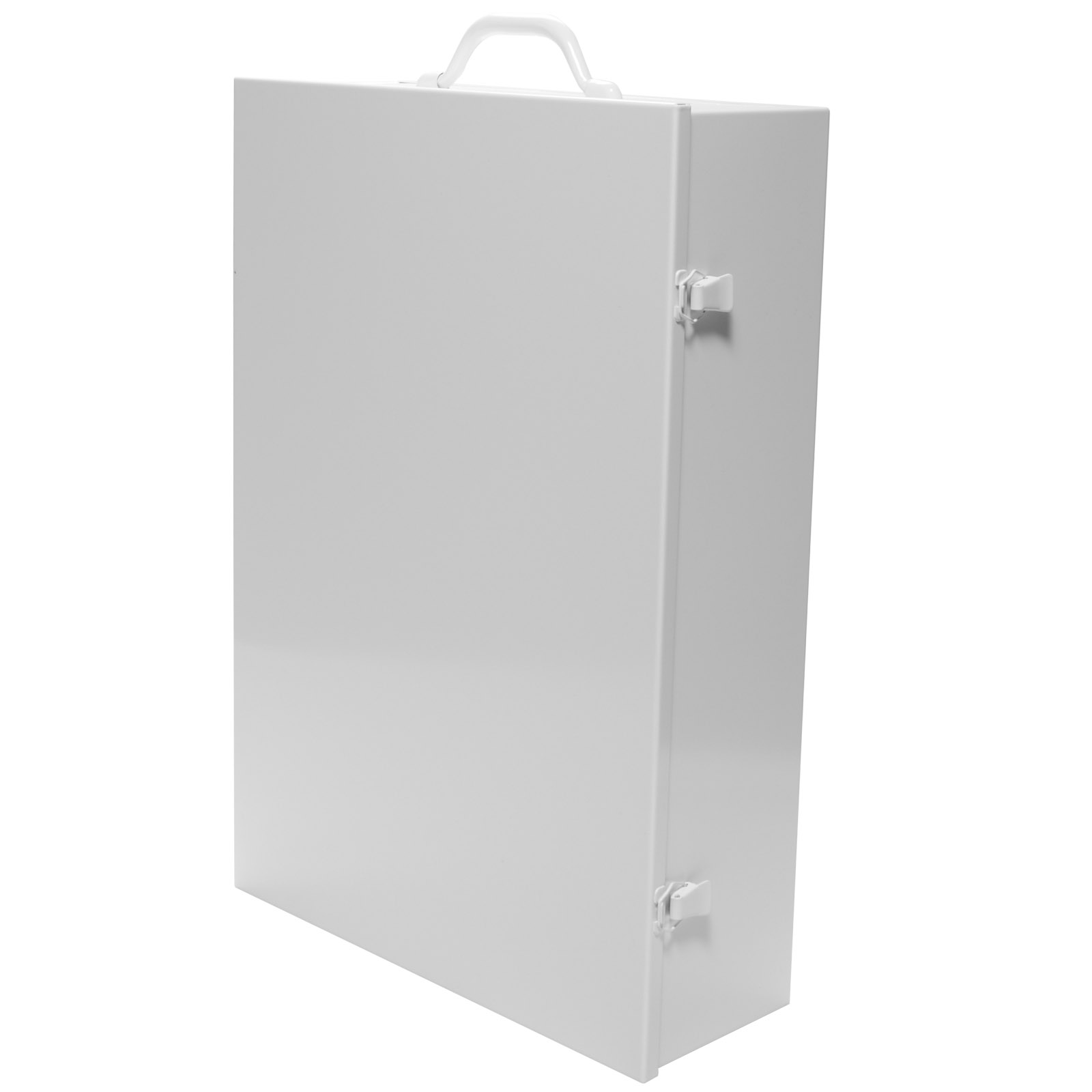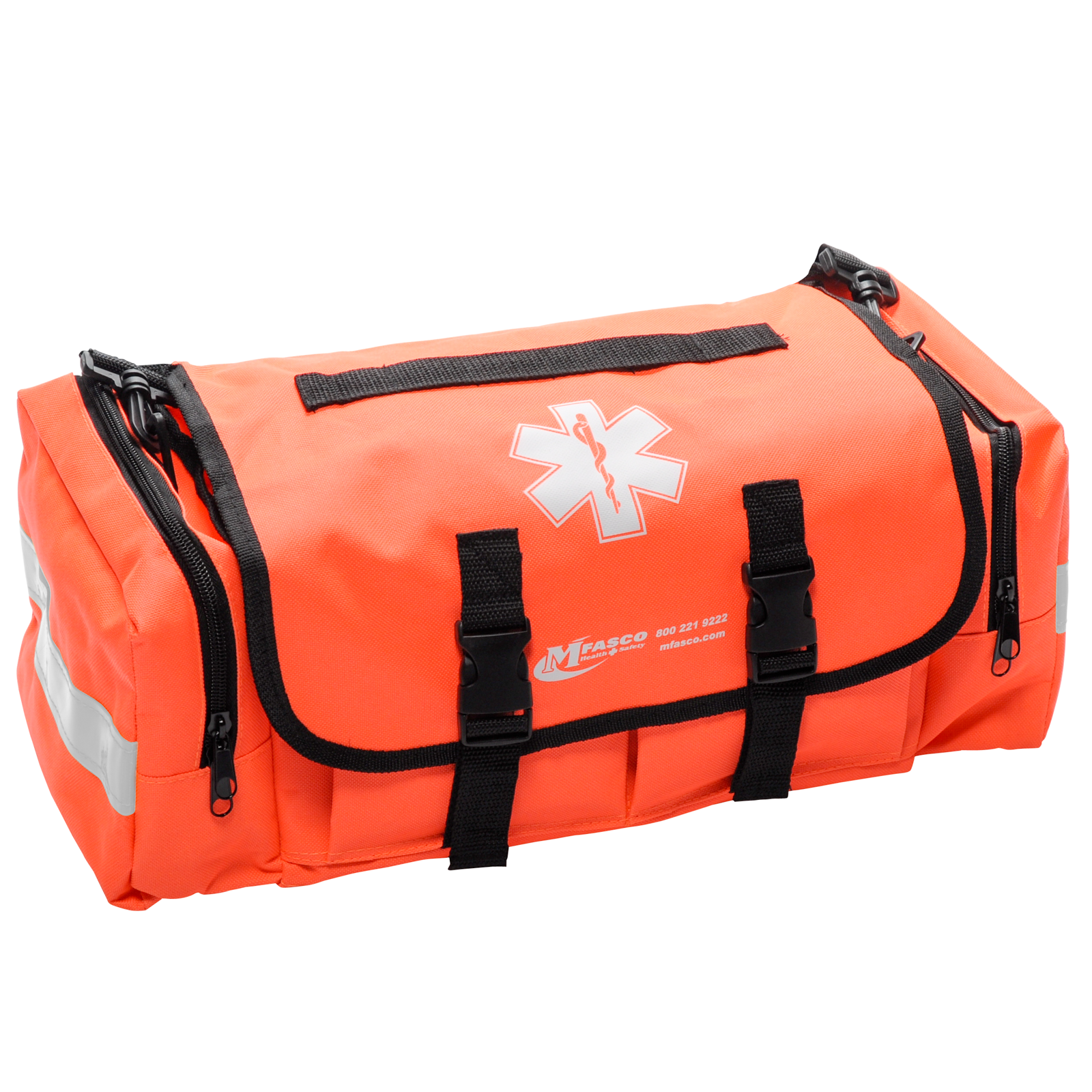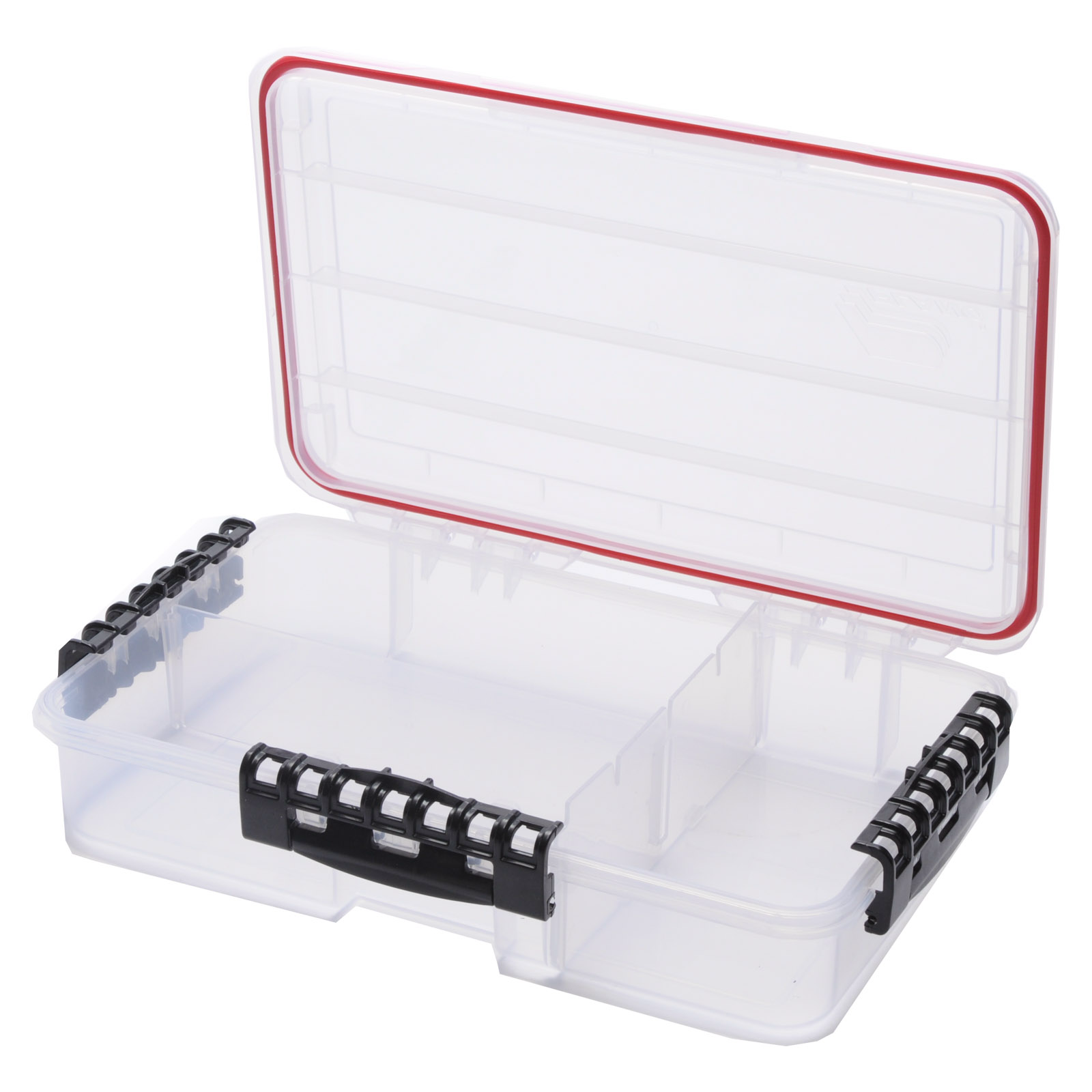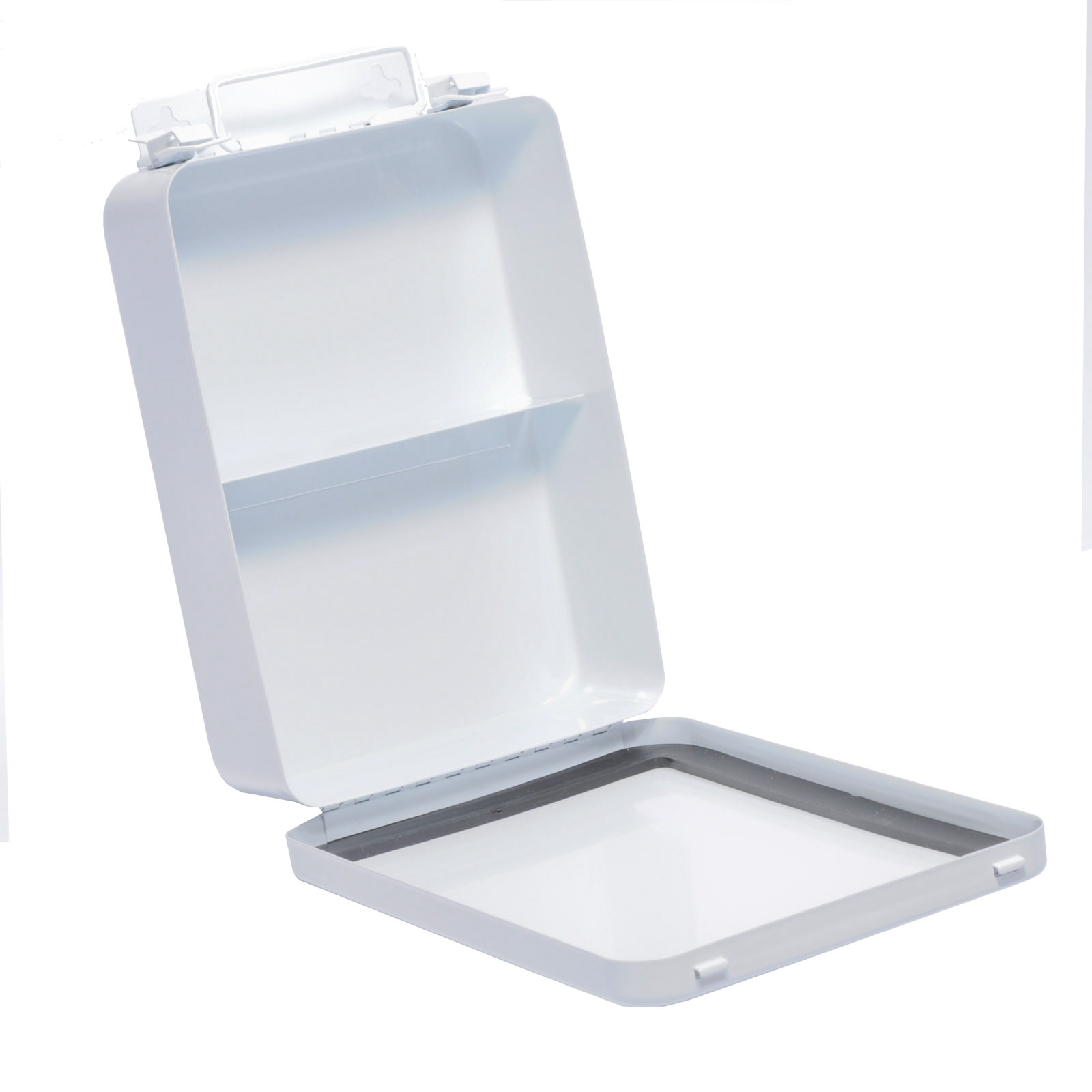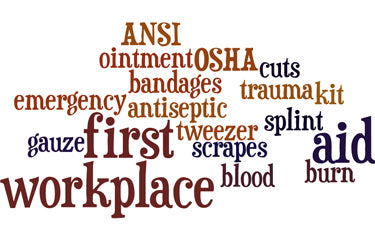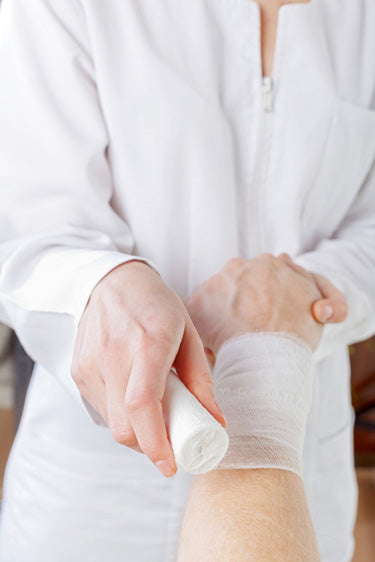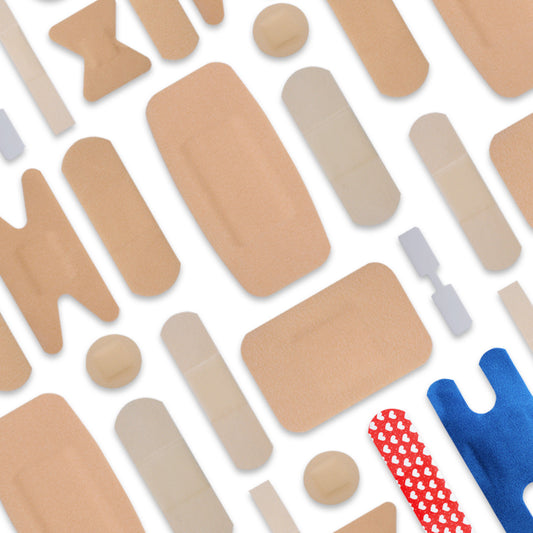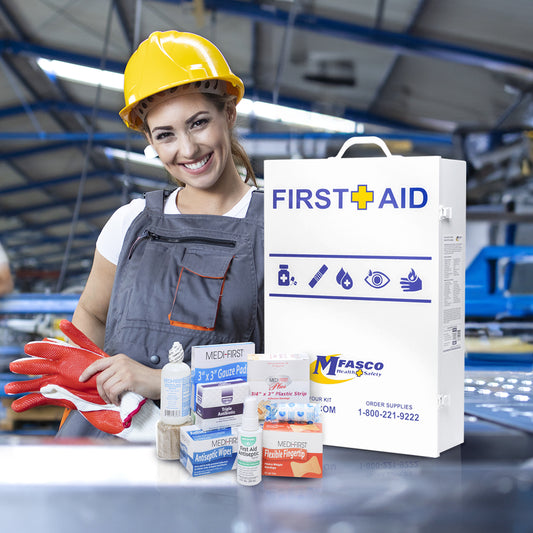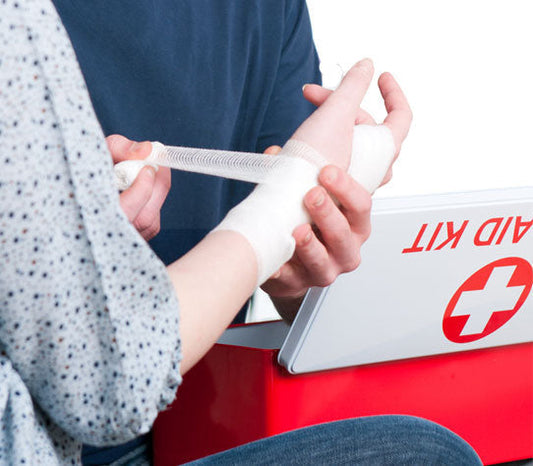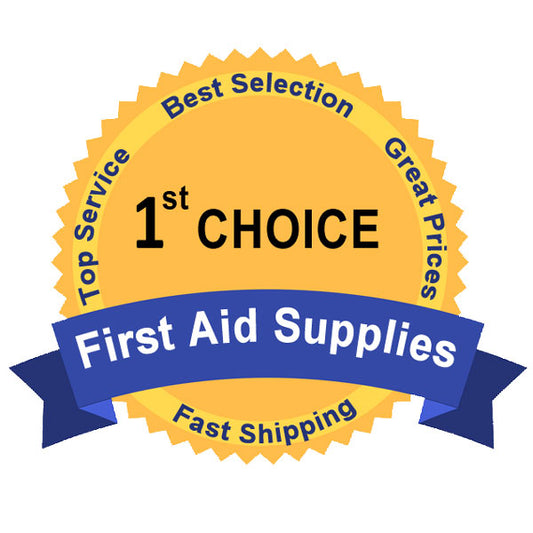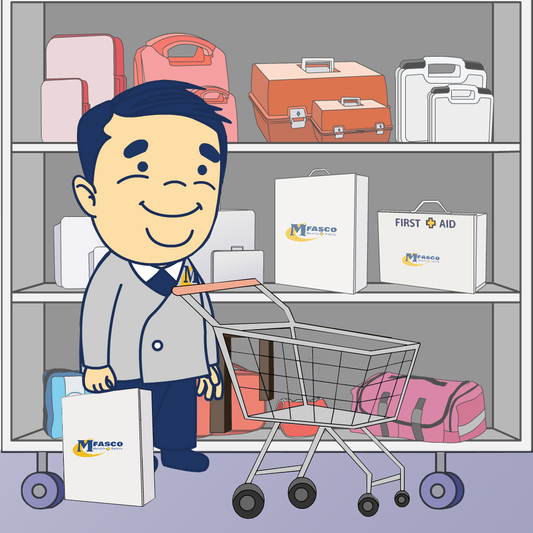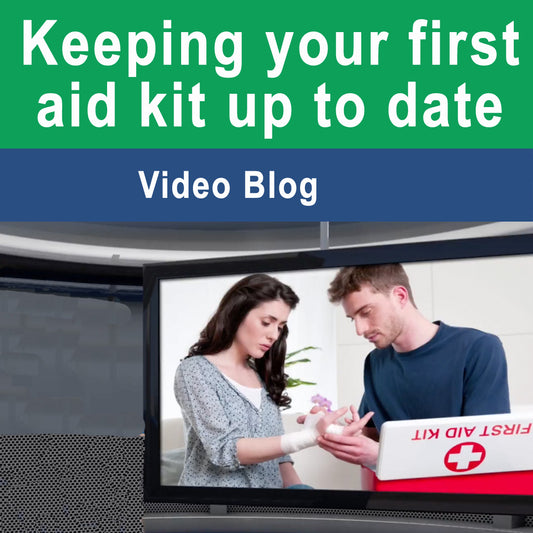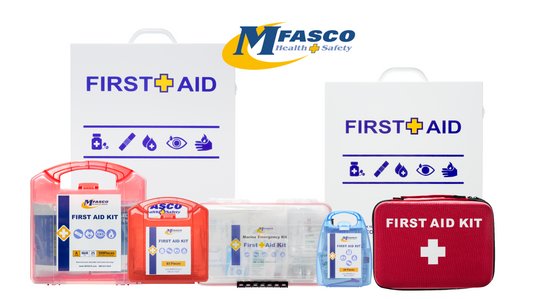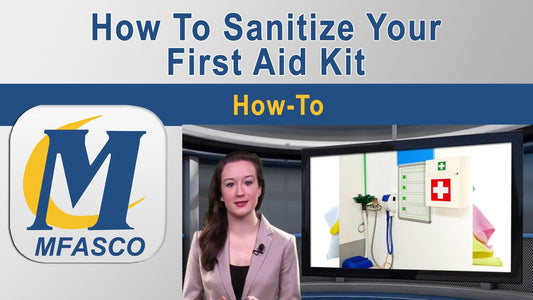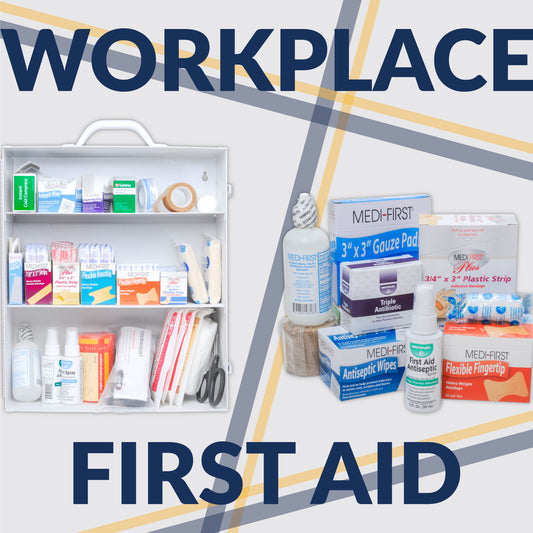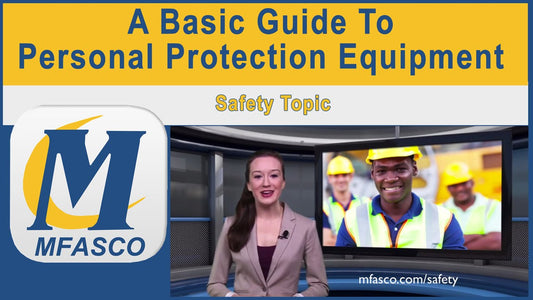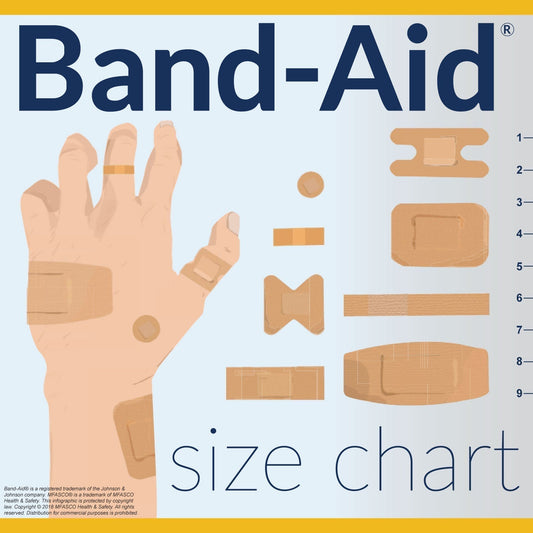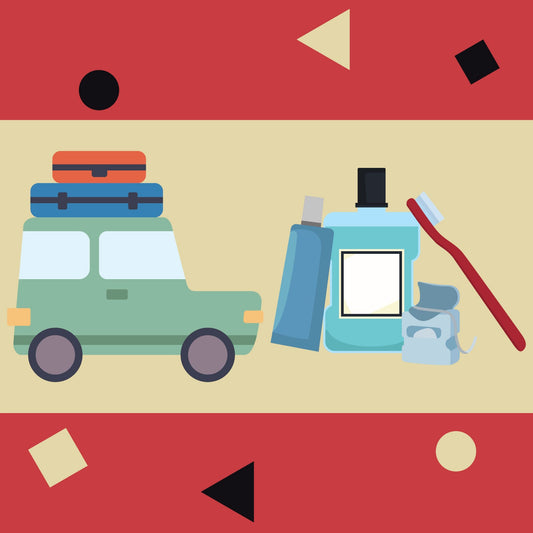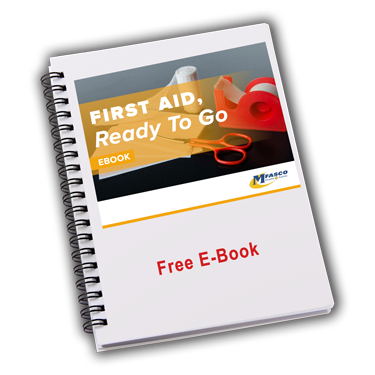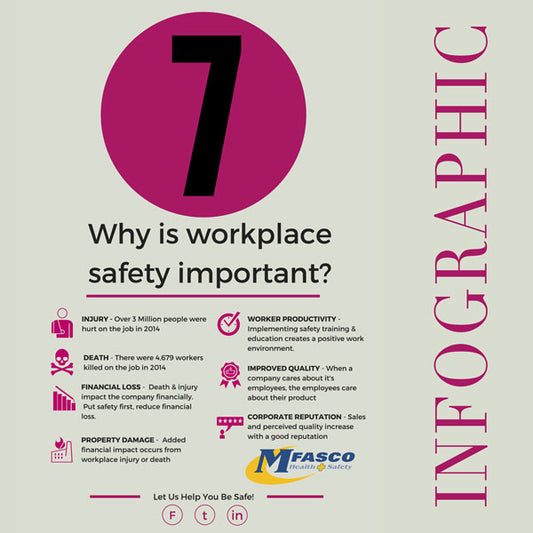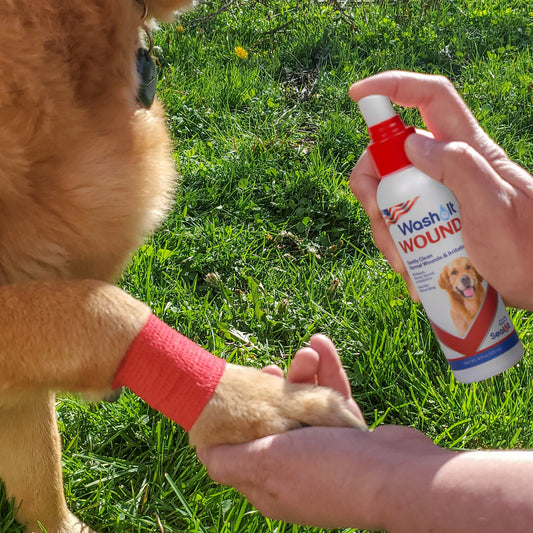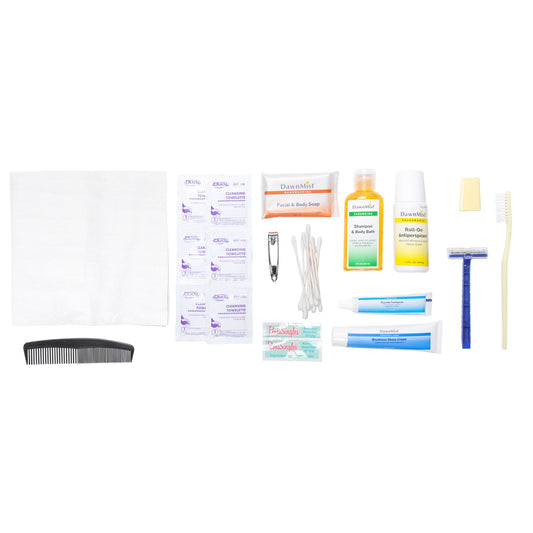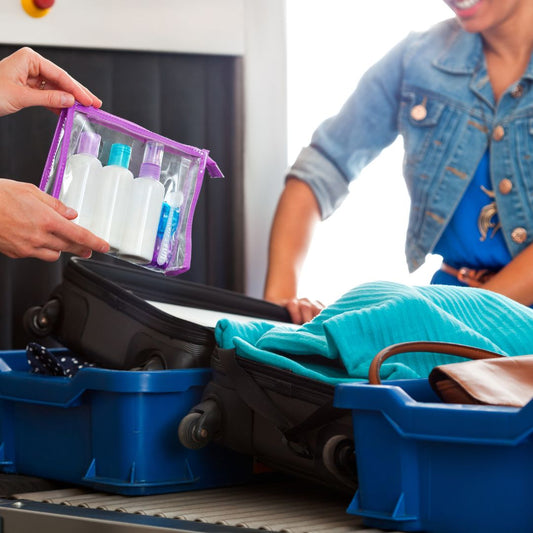10 Clues Why You Need To Update Your First Aid Kit
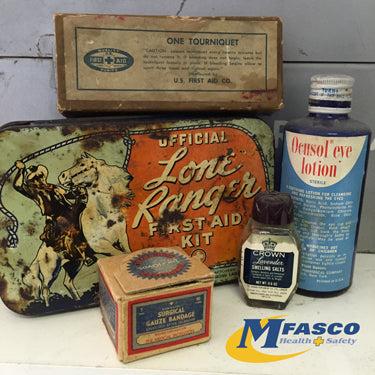
The contents of a first aid kit are like fresh fruit, over time they begin to get stale, and eventually, the unused items need to be thrown away and replaced with fresh supplies. Today we are going to share 10 Clues as to why you need to update your first aid kit. These are not in any particular order. Keep in mind, regardless of the container you are using, these 10 clues apply to every first aid kit.
1. Screw caps (shared items)
Any item that can be resealed is suspect. You should be concerned if your first aid kit is being used by more than just you. The potential for cross-contamination by sharing ointment tubes, liquids with brush tip applicators, pain relief tablets, or even eyewash with a screw cap have potential risks. Only use single-use items for first aid kits that are shared among others.
2. Yellowing packaging
Many items like bandages or gauze are packaged in a paper-like wrapper. Over time they begin to yellow, revealing their age. Most of these items are sterilized through radiation after packaging. Yellowing usually is a sign that the package/wrapper is failing and it is time to throw it away.
3. Rusted or damaged container
The container used needs to be able to be sanitized. Rusty, dirty containers should be cleaned and sanitized so they can keep the contents safe. Hinges, shelves, and other parts of the container help seal out contamination. If your container is rusty get a new one.
4. Old-fashioned treatment methods
Time offers new technology to better treat wounds. It also reveals old outdated treatment methods that we learn are not safe. Items like Merthiolate which were commonplace 20 years ago are actually banned in some states. If the packaging says "Allow blood to spurt 3 times before tightening" throw it away!
5. Expired products
If it looks old get rid of it. If it is a liquid or any type of topical product and there is no expiration date, throw it away. Look over every package for expiration dates. All outdated items should be discarded.
6. Unsafe items
Especially for shared first aid kits, things like reusable splinter picks, tourniquets, eye loop magnets, and the like are all unsafe and should be reserved for trained health care personnel. A picture is worth a thousand words. If you don't recognize what it is for, question if it should be in your first aid cabinet.
7. Contaminated products
Some first aid supplies are shared among workers. Any sign of blood or questionable fluids should be considered infectious and not safe. Universal precautions should be taken, the contaminated item(s) should be discarded and the container should be sanitized.
8. Partially used products
People will tear open a single-use item, use a portion, and then leave the rest in the first aid kit. Any single-use first aid item that has been opened, damaged, or shows any sign of tampering needs to be thrown away.
9. You have not checked it in the last 6 months
We recommend you check your first aid kit more often than that, especially if there is a concern for expiring products. Find a regular time to inspect, organize, and restock your first aid kit.
10. When your first aid kit is a 1936 "Lone Ranger first aid kit"
A little tongue and cheek here but in all sincerity, look at your container and supplies. If they look old, unsafe, or simply scary, update your container and or supplies.
First Aid Products & Accessories
MFASCO's Make a Kit Tool
Complete First Aid Kit Refill Packs
Reorder Lists for First Aid Kits
Additional Resources for Reordering First Aid Kits & Supplies
Top 8 First Aid Kit Types
What is in a First Aid Kit?
Essential First Aid Kit Supply List
Contributing Expert

Mike Brinker
Mike Brinker has been working in the first aid industry for over 35 years. He has worked with thousands of businesses,groups, and organizations to provide a healthy and safe work environment. Mike helped create “Make-A-Kit”, the internet's only online first aid kit creation tool. He has also authored many helpful first-aid and safety-related resource articles found at the MFASCO Learning Center.

